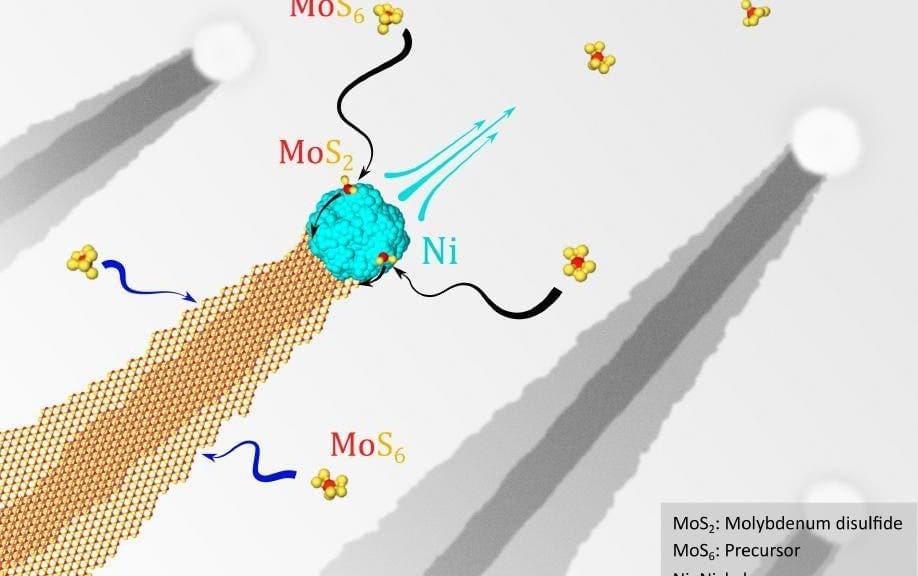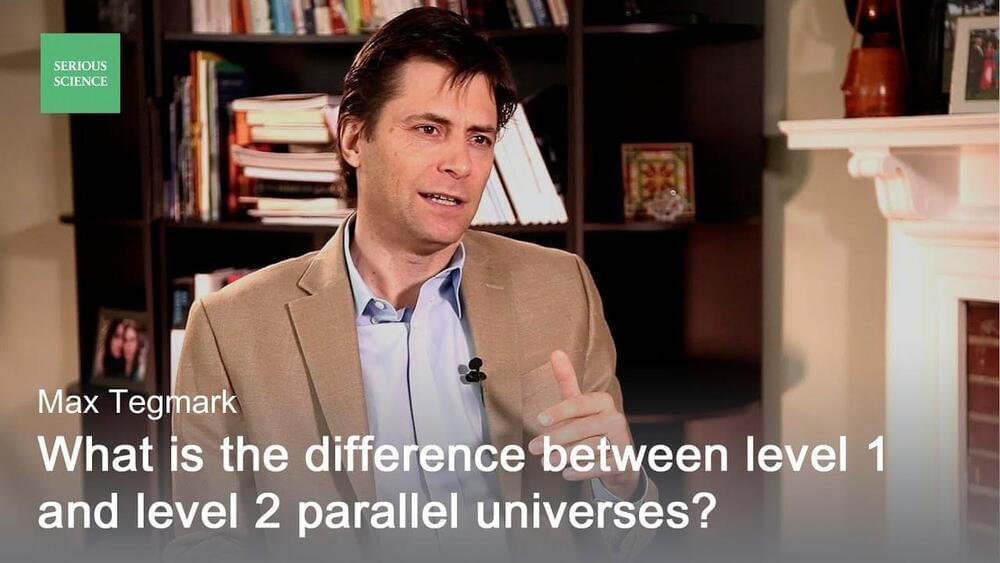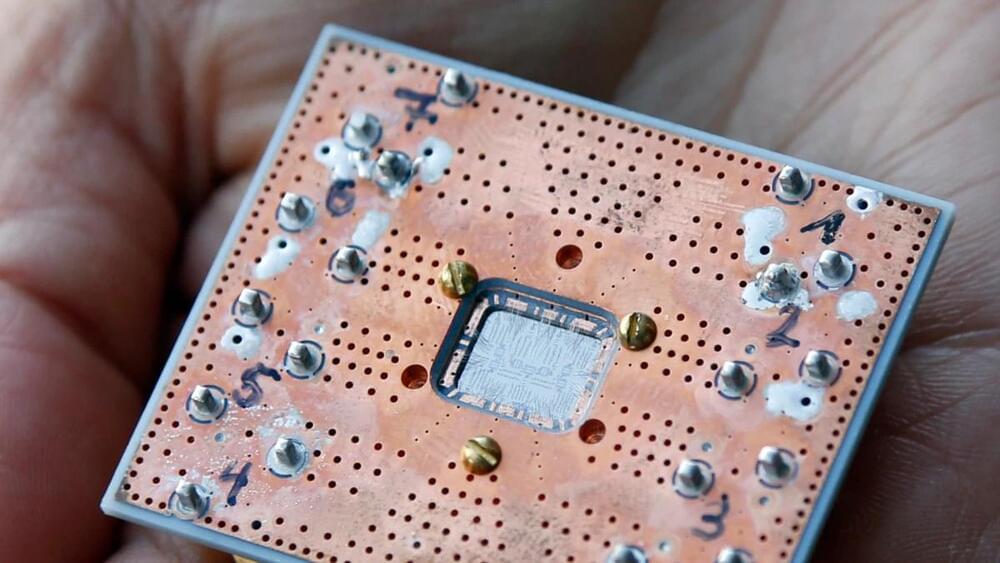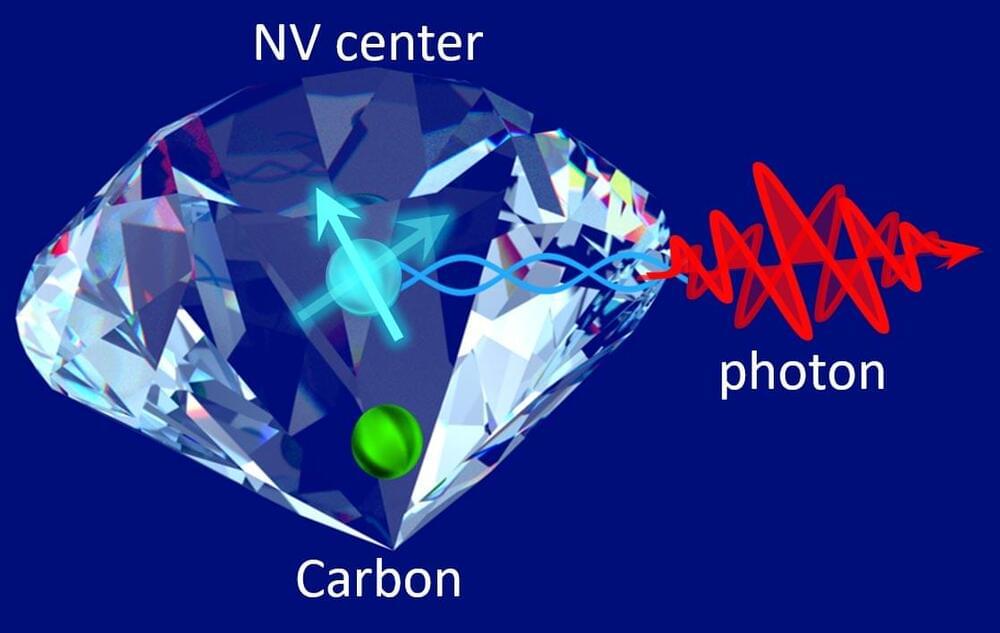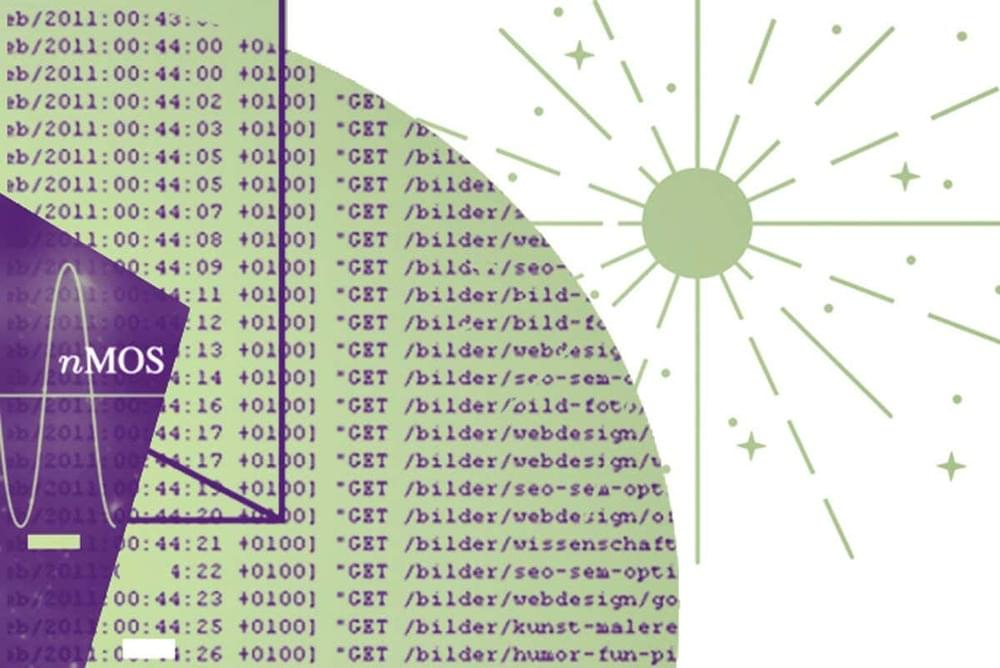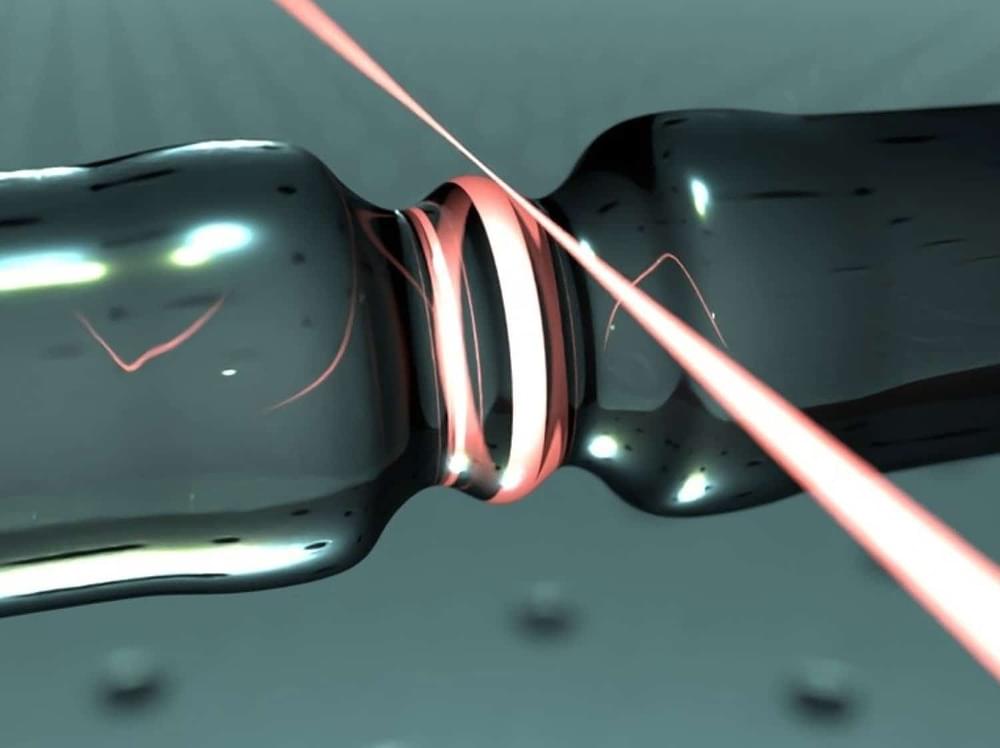Honda Research Institute USA (HRI-US) is doing some pretty interesting things in the field of quantum electronics. Scientists from HRI-US were able to successfully synthesize atomically thin nanoribbons. HRI noted that these are materials with atomic-scale thickness and a ribbon shape. These nanoribbons have broad implications for the future of quantum electronics, which is an area of physics that focuses on the effects of quantum mechanics on the behavior of electrons in matter.
According to the press release, “HRI-US’s synthesis of an ultra-narrow two-dimensional material built of a single or double layer of atoms demonstrated the ability to control the width of these two-dimensional materials to sub-10 nanometer (10-9 meter) that results in quantum transport behavior at much higher temperatures compared to those grown using current methods.”
The scientists along with collaborations from both Columbia University and Rice University as well as Oak Ridge National Laboratory co-authored a new paper on this topic and published it in Science Advances.
